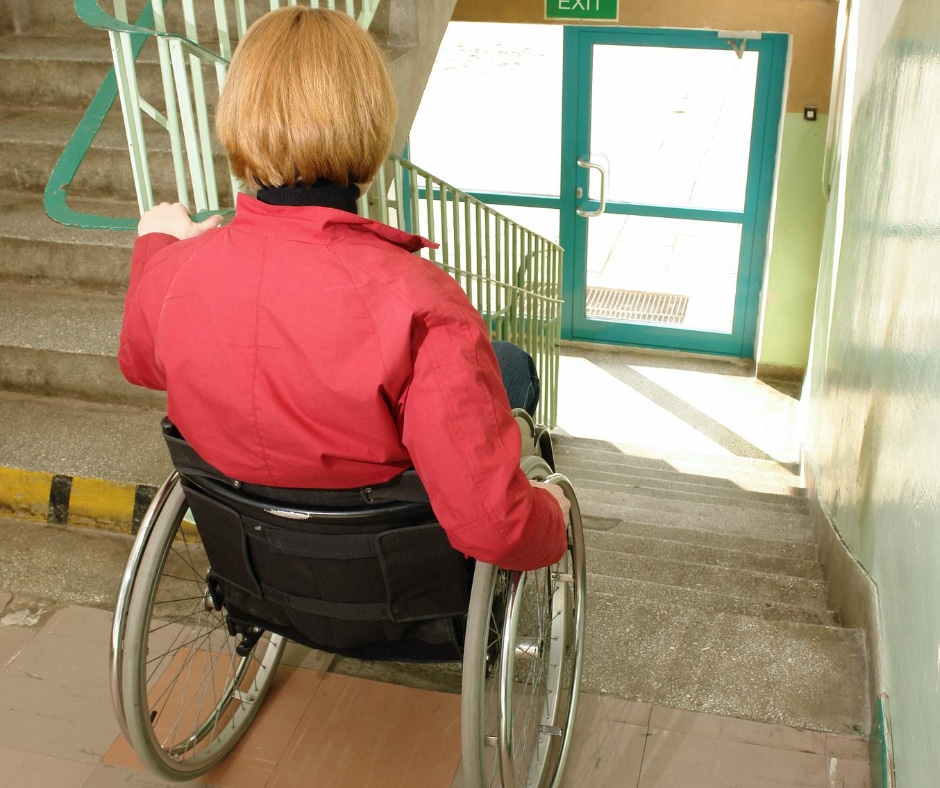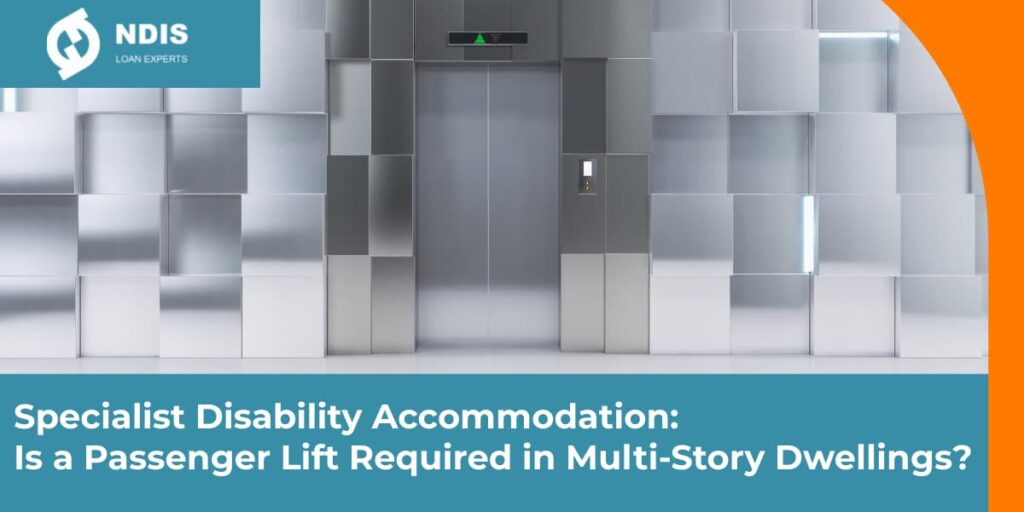Specialist Disability Accommodation is a ground-breaking program introduced under the National Disability Insurance Scheme (NDIS) that provides Australians living with disability specially designed housing to meet their unique needs. To incorporate provisions for those with significant functional impairment or very high support needs, the NDIS has implemented design standards for SDA properties.
Building or buying an NDIS property means understanding the SDA design standards and how they apply to your project. We discuss whether a passenger lift is required in a multi-storey dwelling and touch on the important aspects of the SDA design standard.
What are the SDA design standards?
The SDA design standard outlays the design requirements for newly built properties that are seeking to be enrolled under the NDIS. The design standard’s purpose is to provide clarity over the design requirements of SDA properties and increase SDA provider confidence and compliance.
All applications for dwelling enrolments must include an SDA design standard certification. Only SDA accreditors can provide SDA certification, which is why it’s so crucial to adhere to the design standards as well as make the project appealing to NDIS participants.
SDA design categories
The four design categories that an NDIS property can be enrolled in are:
- Improved liveability
- Robust
- High physical support
- Fully accessible
Multi-storey SDA dwellings
To answer the question succinctly: yes, there must be a passenger lift for proposed multi-storey dwellings that include the Fully Accessible, High Physical Support or Robust design categories. However, while blending multiple design categories in one dwelling is not uncommon, if your proposed SDA project includes stairs, many SDA assessors recommend against having a Robust SDA design category in the dwelling, as stairs can pose a safety risk for the NDIS participants and staff.

Bringing you up to speed on the features of each SDA design category
Here are some of the other fundamental design concepts of each SDA design category to remain mindful of:
Improved liveability
Improved liveability SDA dwellings have been designed to provide housing with better physical access. For people with intellectual, sensory or cognitive impairment, improved liveability housing provides easy-to-see walls, floors and few stairs.
Robust housing
NDIS participants who have complex behaviours are often best suited to robust housing. Robust housing is designed to minimise harm to the participant, other residents, NDIS support workers and the property itself. This involves using laminated glass, high-impact wall lining, secure windows, external doors and door handles.
By providing adequate space in all living areas, including external areas, robust housing helps to keep participants safe and reduces reactive maintenance to the property.
High physical support
As its category name suggests, high physical support housing best suits participants with high physical support needs. More than just home automation, assistive technology and backup power supply, high physical support housing also includes structural provisions, such as those to support ceiling hoists. Emergency power solutions must also be included in these homes.
Fully accessible
Similar to the above design category, fully accessible SDA properties include features to provide a high level of physical access. There are strict dimensional requirements to ensure clear opening width doors for wheelchairs. Cooling, heating and emergency power solutions are all provided in the fully accessible design category. Improved accessibility is provided to indoor and outdoor private areas by designing entryways and flooring that is wheelchair accessible. Benchtops, basins and key appliances must all be accessible in either a seated or standing position.
Household communications are standard in fully accessible homes, which means they must be assistive technology ready.
Funding your SDA build with NDIS Loan Experts
Regardless of which SDA design category you plan to enrol your dwelling in, it’s important to remember that the people who call the SDA property home often need more than the minimum requirements. After all, these properties become their forever homes in most cases.
To ensure that you have sufficient funding to include all the features your SDA design category calls for, contact NDIS Loan Experts to source the best funding solution for your specialist disability accommodation investment property.


